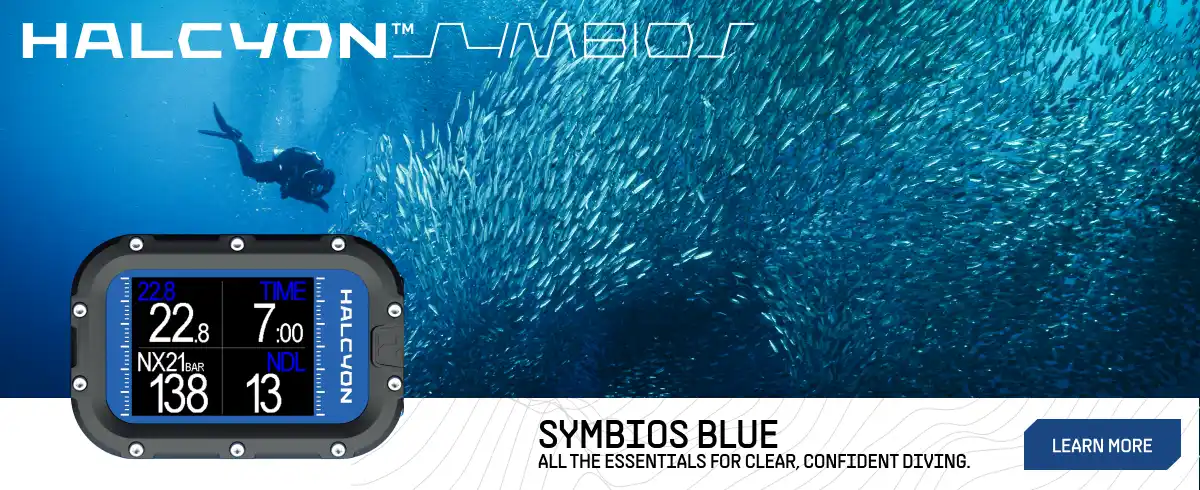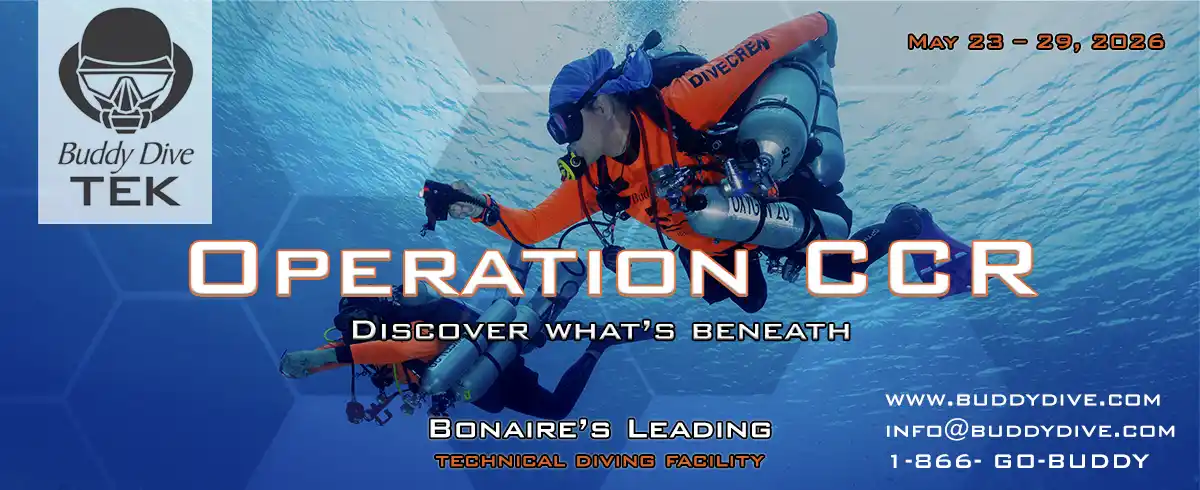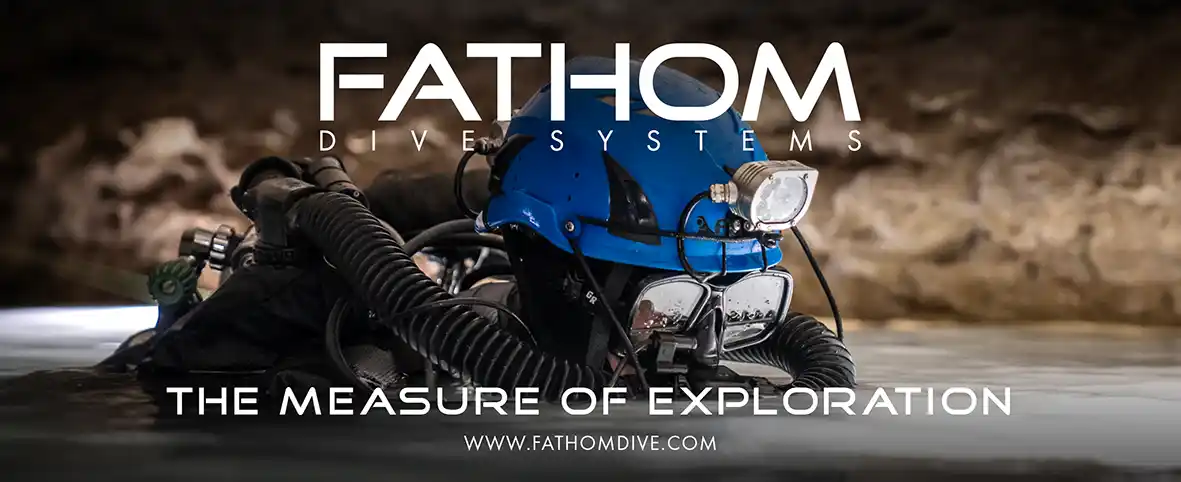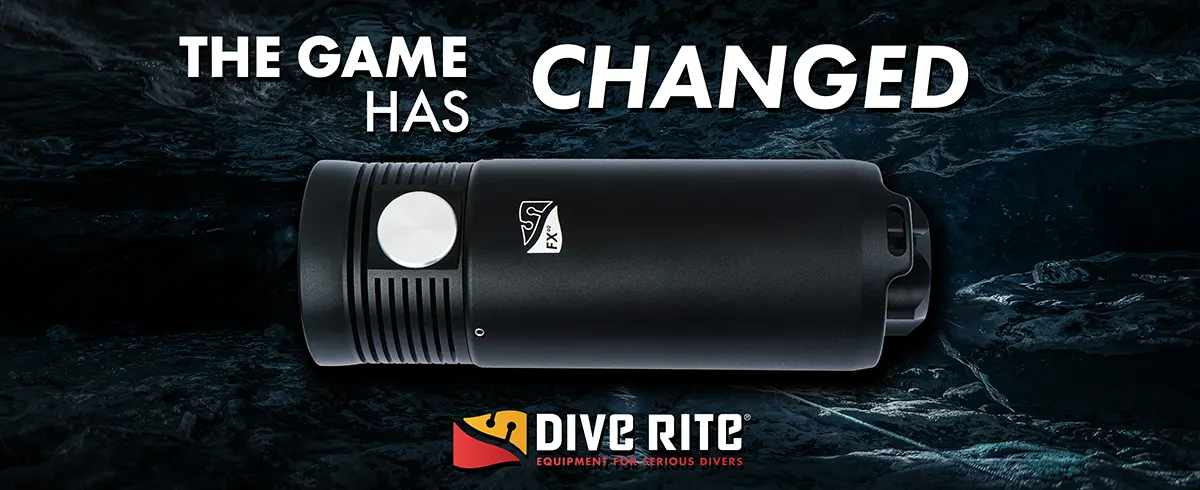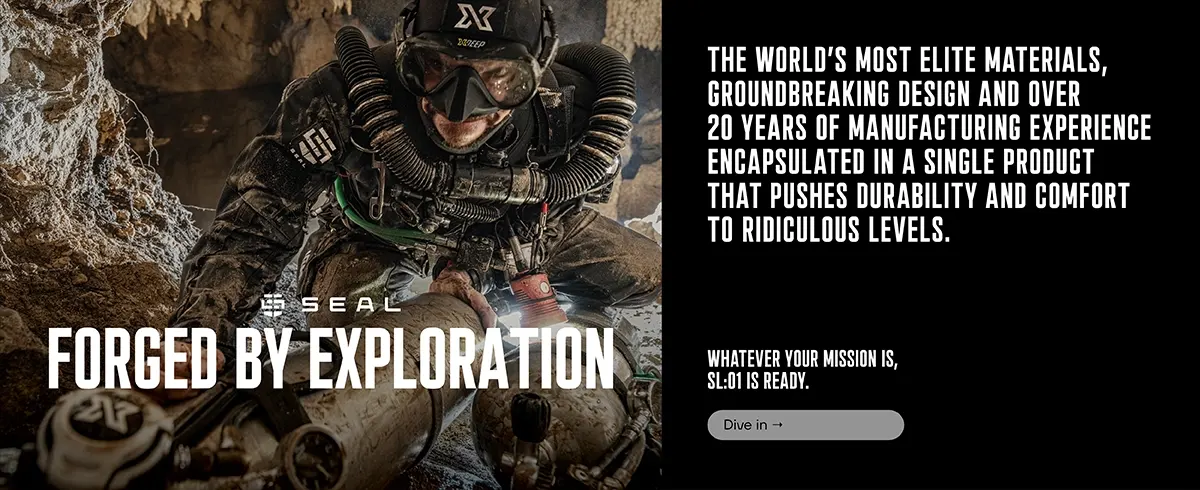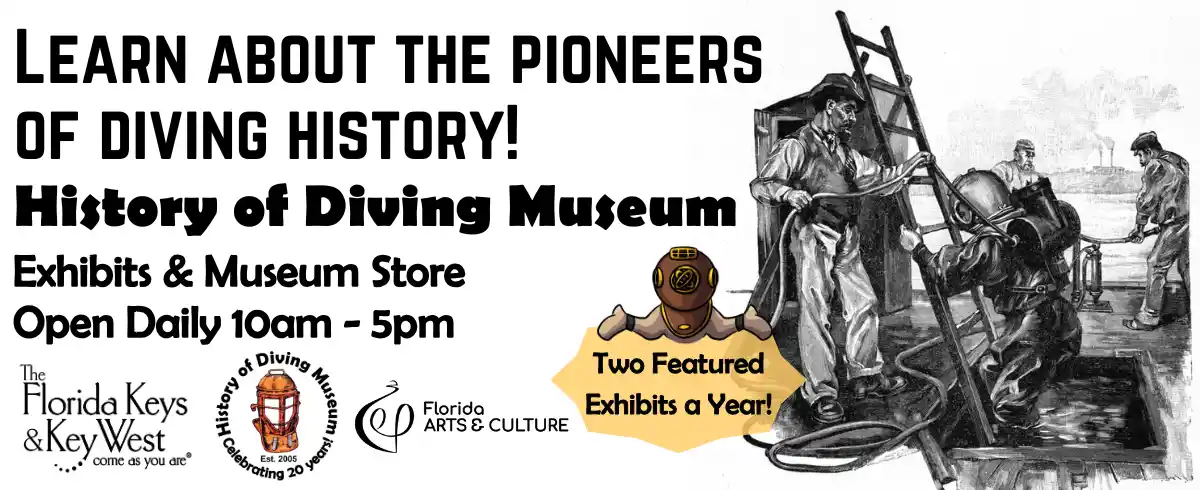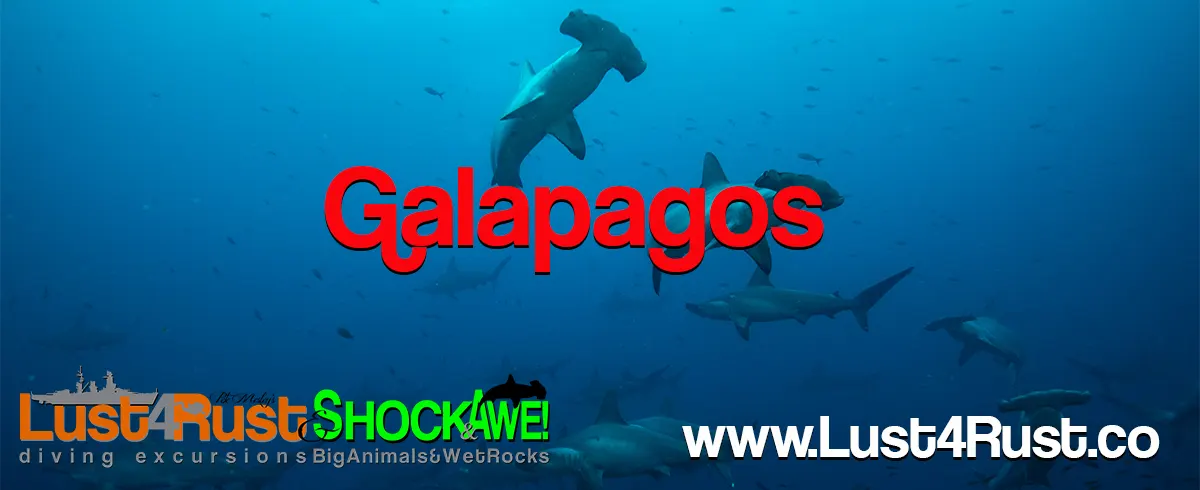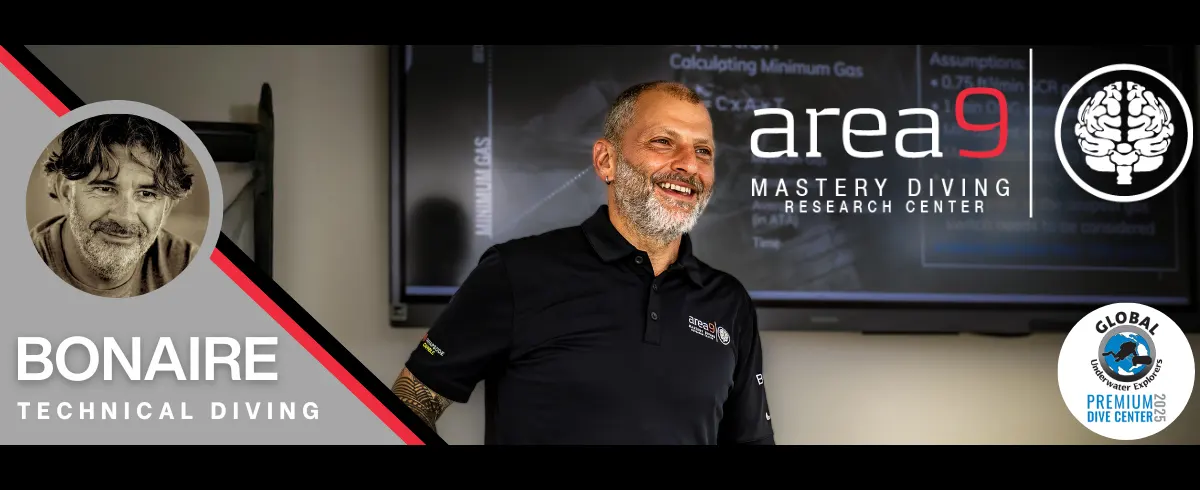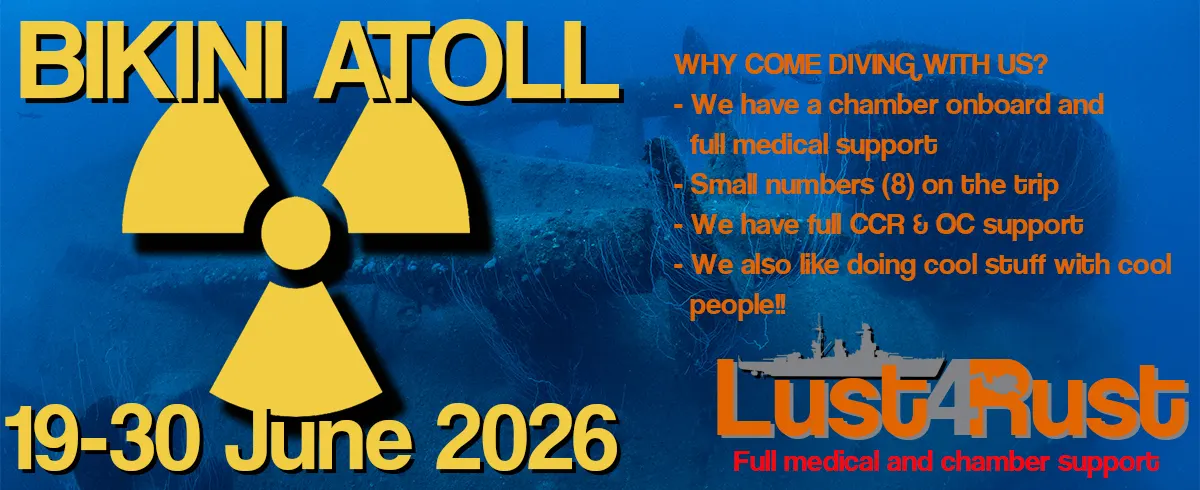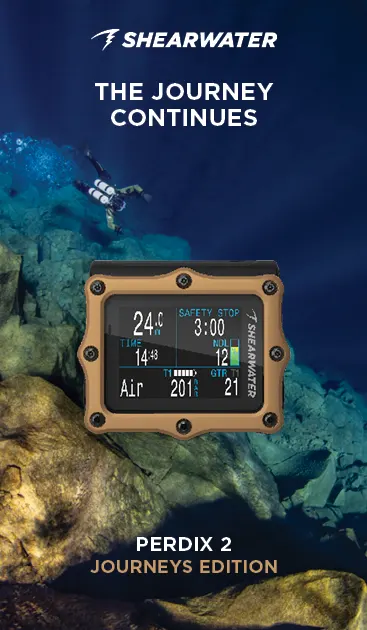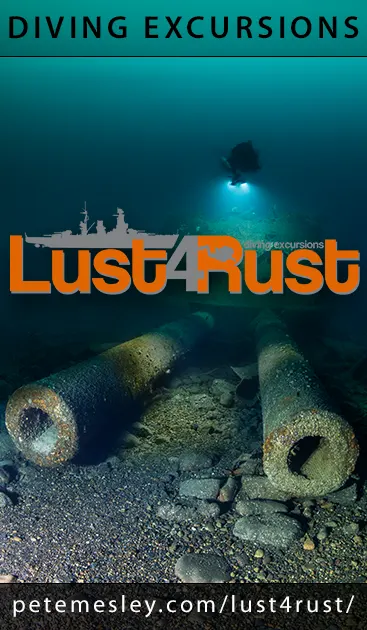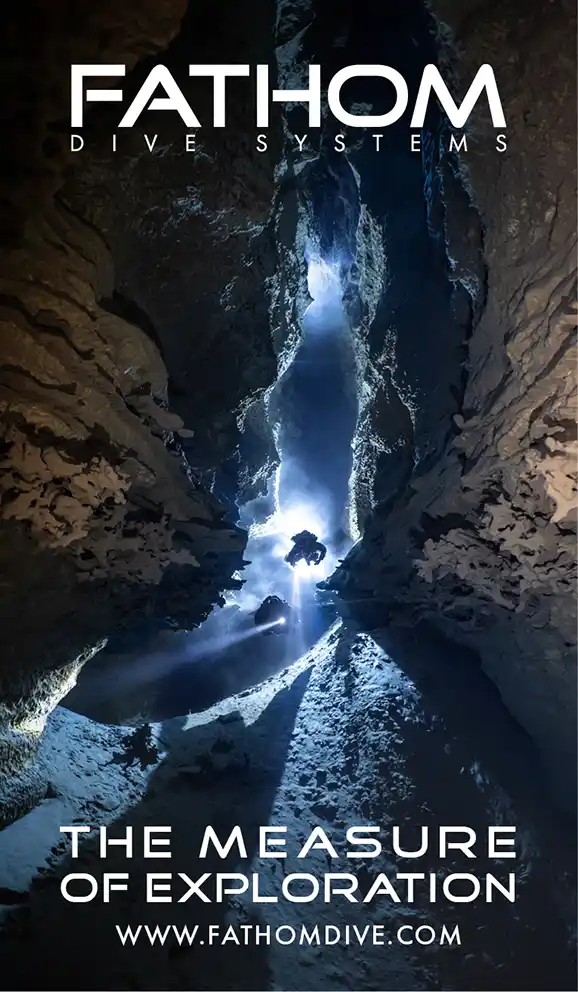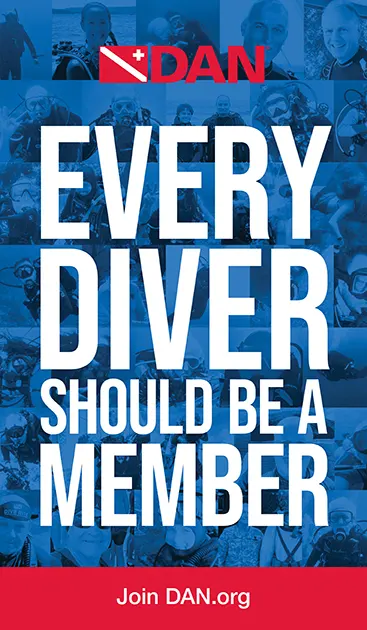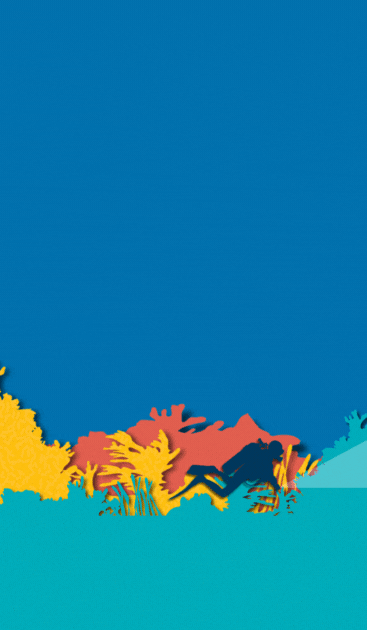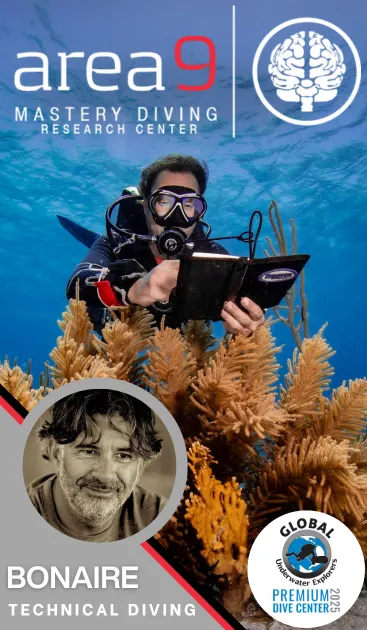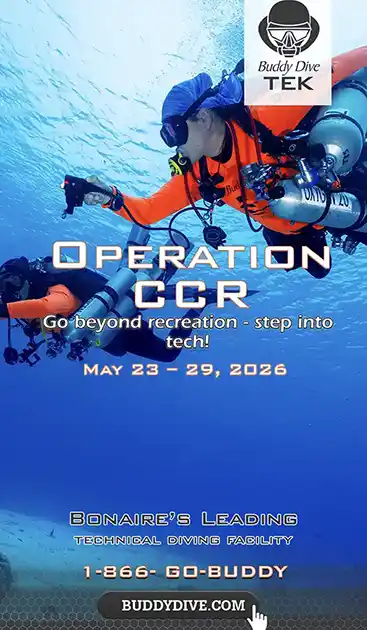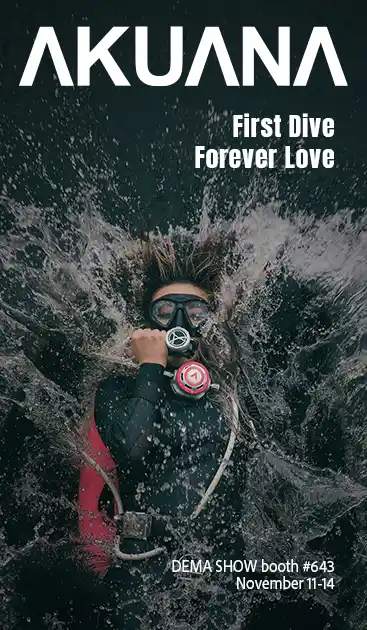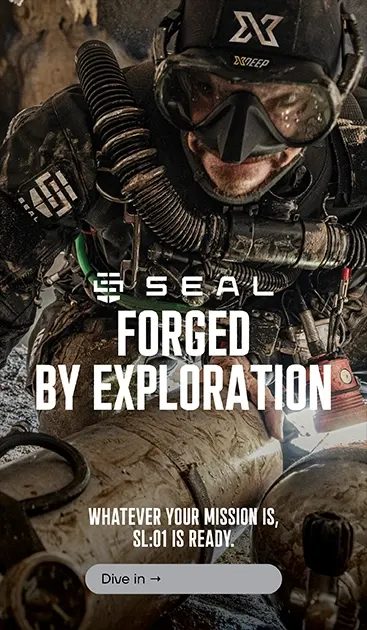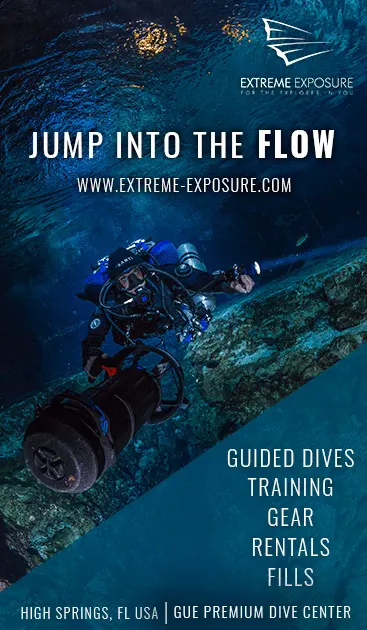Latest Features
Assessing the Risks and Diving a Subsea Volcano
Instructor, scientific diver and director of the International Academy of Underwater Sciences and Techniques, Giorgio Caramanna, explains the power of formal risk assessment analysis as it was applied to monitoring the unexpected gas release from an undersea volcano on Panarea Island in the southern Tyrrhenian Sea in 2002. The diving operation was conducted by the Italian Institute of Geophysics and Volcanology (INGV) without injury. Their approach showed a good risk analysis can mitigate the impact of the diving hazards, even extreme ones.
by Giorgio Caramanna Ph.D. Images courtesy of the author.

I can still hear the ominous rumbling of the massive volume of gas released from the seafloor rising through the water column in an explosion of silver bubbles. I can still feel the stinging sensation on my face due to the presence of highly acidic fluids and carbon dioxide dissolved in the water. Scattered seashells slowly dissolved in the acidic melee; the released carbon dioxide suffocated fish, and their remains were now rotting between the rocks. I was diving above an active volcanic area.
It all started in December 2002, when a sudden submarine gas explosion shook the otherwise sleepy winter season of Panarea Island.

Panarea is one of seven beautiful volcanic islands emerging from the clear, cobalt-blue water of the southern Tyrrhenian Sea, forming the Aeolian Archipelago, just a few miles north of Sicily. Two of the islands, Vulcano and Stromboli, still host active volcanoes. This area is part of the global jigsaw puzzle formed by the tectonic plates, whose boundaries are marked by chains of volcanoes and are often shaken by earthquakes. Italy hosts the only active volcanoes in Europe, and here, the African tectonic plate slips below the European one, creating the perfect geological conditions for volcanic formation.
I was, at that time, a scientific diver for the Italian Institute of Geophysics and Volcanology (INGV). This research institution is in charge of, among other things, monitoring volcanic hazards, and the team works closely with the Italian Civil Protection Agency. The unexpected gas release from the seafloor was worrisome, as it was a potential precursor of an underwater volcanic eruption.
This kind of eruption, also described as phreatomagmatic, can be extremely powerful. The presence of water enhances the explosive potential of the volcano by sudden transformation of water into steam, leading to massive emissions of ash and lava. For this reason, the INGV quickly deployed a team of scientists, scientific divers, and technicians to monitor the area. The Italian National Fire Department also provided its best scuba divers to assist our diving operations. The local Coast Guard patrolled the area, further supporting the monitoring efforts. The Italian Navy was on standby with one of its amphibious units, Nave San Giorgio, in case it became necessary to evacuate the local population. An increase in the activity of the nearby Stromboli volcano enhanced the tension.
Identifying The Risks
Day after day, a team of scientific divers collected gases to be analyzed to identify specific components that could indicate the presence of magma approaching the surface.

The samples were flown to the central labs (in Rome and Palermo) by helicopter to minimize the delay in getting the needed analytical results. The gas emissions in some areas were so intense that they caused a strong upwelling current, making diving extremely challenging.

Sometimes we used tethers connected to anchors to avoid being carried by the water flow during our sampling operations. It was a demanding activity that required focus, commitment, and expertise.
We also deployed sensors to monitor the main parameters of the water column and quantify the changes in chemistry due to the presence of the geothermal fluids.

The sulfur emitted from the volcanic vents allowed for the proliferation of some species of bacteria that thrive in geothermal waters but are not usually present in the sea. These bacteria formed a whitish mat covering different areas. The emitted fluids were so enriched in dissolved minerals that they formed a pool of denser water on the seafloor.

After a few months, the degassing activity finally decreased, and the emergency status was withdrawn. Periodic monitoring, including the use of some in-situ sensors, was continued for multiple years; the area is still under surveillance.

As divers, we operate in a potentially risky environment and are exposed to several risks originating from our activity, the environmental conditions, and others’ actions. Depending on the typology of the dive, we have to assess and manage different risks. Some environments, such as caves, wrecks, and deep dives, pose higher risks than others. More complex operations require more acute focus and a higher skill level to be performed safely and proficiently.
Diving in an unusual environment, such as the one described, exposes divers to uncommon hazards, and the related risk assessment must be carefully elaborated. Even if we dive in more “traditional” settings than in a volcanic area, a risk assessment is still the cornerstone of a safe and proficient dive plan.
Risk Assessment & Reduction
A risk assessment is a logical procedure that starts with identifying realistic risks and then developing methods to reduce them to “as low as reasonably practicable” (ALARP). This means an ALARP risk cannot be further mitigated without incurring prohibitive costs or unreasonably complex procedures. The outcome of this procedure will never be “zero risk.” Still, it will strongly reduce the likelihood of accidents where damage occurs and incidents that increase the probability of an accident.
A very effective aid in risk assessment is the Risk Assessment Matrix (RAM). This matrix correlates a risk’s probability with its consequences’ magnitude.

The probability varies from “frequent” to “improbable”, and the severity of the consequences varies from “catastrophic” to “negligible.” The matrix defines the risk level as “high,” “serious,” “medium,” and “low”. A high level must be mitigated, as diving under such conditions is unacceptable. This can be done by applying strategies and procedures that reduce the probability of the related hazard from happening. Of the twenty combinations of probability and severity, only three will lead to a “low” level of risk. This highlights the complexity of a risk analysis in diving operations.
For example, let’s consider assessing the risk related to a total loss of breathable gas. The consequences of such an event are, obviously, catastrophic, the highest level of severity in the risk matrix. To mitigate the risk to an acceptable level, “medium,” we must reduce its probability to “improbable.” Because of the severity of the consequences of a total loss of gas, the overall risk will never be “low.” One strategy is to use two independent gas sources, such as two regulators connected to two cylinders.
Is a “medium” risk acceptable? Acceptance of a risk is a personal choice. It will depend on the general attitude of the divers toward risks, their experience, and the importance of the mission. What could be considered an acceptable risk for a diver could be unacceptable for another. Because we work as a team, risk acceptance must be shared among the team members. Therefore, the diver with the lower “risk acceptance” will dictate the overall level of risk considered acceptable for the team. No one can be forced to accept an unacceptable risk. It is essential to understand that RAM helps define a general risk management plan, but it is only as good as the information we introduce in the matrix. It is, therefore, essential to identify the realistic risks and their consequences. Knowledge, experience, and training will aid correct risk identification.
For the dives in the volcanic area, we developed several RAMs to identify the best procedures for specific risk mitigation. An initial concern was the potential presence of scalding fluids. Their impact on the divers could have been critical or catastrophic. We, therefore, needed to be sure that there were no hot emissions. We approached the problem in two different ways. First, we used a thermal camera to survey the sea surface close to the emissions; no thermal anomalies were detected.
As a further risk mitigation strategy, we approached the degassing areas with caution and from a distance, carrying an underwater thermometer in front of us to continuously monitor the thermal gradient. We could initiate our sampling procedures once we were sure of the area’s safety. During the sampling, we discovered that some of the emissions were very hot, well above the ebullition point of the water. Still, because the emitted flow was very low, the fluids were cooled quickly by the surrounding seawater, therefore they did not present any realistic risk for the divers.
The Accident Funnel
Another important consideration is that a diving accident rarely results from a single event. More often, the accident is the consequence of a chain of occurrences.

The events leading to an accident usually comprise a well-defined set of circumstances. Predisposing circumstances are the elements that concur for a potential incident; the initiating circumstances start the chain of events, sustaining circumstances can amplify the damage, and mitigating circumstances can limit the accident’s impact. If we interrupt this chain, we can prevent the snowball effect and manage the situation. The sooner we can detect an error, the easier it is to avoid escalating the situation.
Sometimes, even an initially trivial problem could degenerate into a full-blown incident if not recognized and acted upon in time. For this reason, it is essential to limit the potential initiating circumstances. A practical method is to perform thorough pre-dive checks to ensure the gear is configured correctly and working. A written checklist should be used to reduce the probability of forgetting some essential steps during the checks. For our sampling procedures, we had to carry many different tools and perform complex sequences of operations. Checklists were beneficial because they reduced the memory workload.
What Is Situational Awareness and Why Does it Matter?
Another essential step for risk management is awareness of our surroundings and ongoing events to limit our risks as divers. If we remain focused on the dive, we can quickly detect any anomaly and act accordingly. This is the concept of Situational Awareness (SA). The German ace Oswald Boelke (the mentor of Manfred von Richthofen, the famous “Red Baron”) developed this concept’s original idea to help pilots avoid being overwhelmed by the fast-evolving and complex scenarios of aerial dogfights. The concept was then further elaborated in a logical procedure in the 1980s for aircraft pilots to generate a mental model of the flying environment. Because the diving environment is dynamic (with changes happening at any moment) and complex (requiring specific procedures and tools), SA is important for divers too.
SA is based on three levels: The first level is being aware of our surroundings, the second level is being able to correlate such awareness with our goals and tasks, and the final step is being able to forecast the likely evolution of the situation. We will then decide based on our SA consideration and analyze the feedback from the resulting performance.

For example, we notice an increase in our breathing rate (level 1), we correlate this with an increased usage of our breathing gas (level 2), we can then predict that our gas will be depleted sooner (level 3), and we therefore understand that the dive time must be shortened to maintain a safe gas reserve at the end of the dive (decision). Growing in experience will enhance our capacity for good SA even under a high workload. Expert divers can more easily and accurately recognize the dive’s critical elements, detecting anomalies as soon as they appear, thus improving their SA level.
During our dives, we needed to maintain an elevated SA because we had to manage complex operations such as collecting gas and fluids underwater; these tasks required a specific sequence of actions and simultaneous awareness of the diving parameters regarding time, depth, and gas consumption. This caused a high workload on the divers. To mitigate its impact, the divers involved with the sampling procedures were supported by safety divers who monitored the diving parameters and the surrounding environment.
Another problem was the presence of acidic emissions, mostly when close to the vents. We decided to use dry suits and full-face masks to protect the divers from the surroundings. The system worked, but the gear was damaged by the exposure to the chemically aggressive fluids and needed to be replaced relatively quickly. This has a cost, but the safety of the divers must come first. Cost-saving cannot affect any element critical for the operators’ safety.
Overall, the diving operations went smoothly, even if the hazards involved were unusual for a diver. This highlights that a good risk analysis can mitigate the impact of the hazards.
You don’t need to dive on a volcano to benefit from a risk assessment analysis. This should be part of any effective dive plan.
See Edd Stockdale’s accompanying book review of “Risk Management For Diving Operations” by Giorgio Caramanna.
DIVE DEEPER
Oceana: WHAT HAPPENS WHEN UNDERWATER VOLCANOES ERUPT
NYT: Volcanic Eruption in Deep Ocean Ridge Is Witnessed by Scientists for First Time (May 2025) By Maya Wei-Haas
New Scientist: Incredible photos reveal underwater volcanic activity near Sicily By Carissa Wong
aquaCORPS: Madame Pele’s Fury (1995) by Richard Pyle

Dr. Giorgio Caramanna is a professional diver with over 30 years of diving experience, including caves, under the ice, and volcanic areas. He is a European Advanced Scientific Diver and an American Academy of Underwater Sciences Scientific Diver. He is also a NAUI and DAN Instructor. His background is as a geologist, and he extensively used scuba diving as a tool for his research. He studied and explored one of the deepest sinkholes in the world (Pozzo del Merro, Italy) and worked on underwater volcanic vents. In 2018, the International Academy of Underwater Sciences and Techniques awarded him the “Golden Trident” for his contribution to the development of underwater science. He is currently the Academy’s Director. Dr. Caramanna is a consultant for the Woods Hole Oceanographic Institution (MA, USA) and an instructor of the Diving Program. He is also the author of Risk Management for Diving Operations, a textbook for WHOI’s Dive Leadership, the Alvin scientific submersible pilots training, and the University of Helsinki (Finland) Scientific Diving training.

